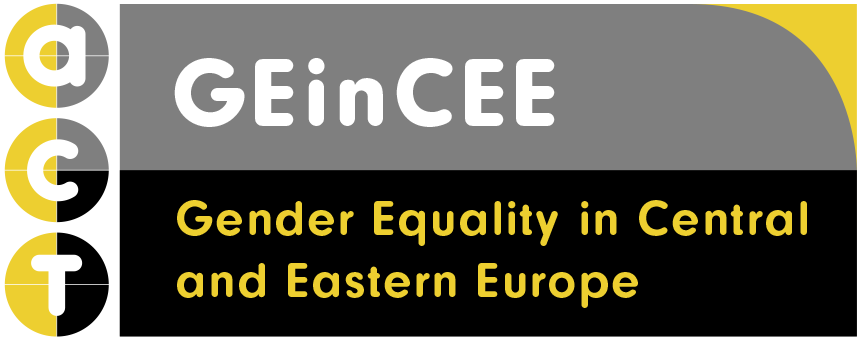Exploring Women’s Careers in Academia: Perspective of Central and Eastern Europe

In our recent pre-holiday gathering in May 2023, members and supporters of GEinCEE CoP came together to delve into a discussion on female academics’ careers. It was a session that shed light on the challenges, achievements, and ongoing efforts to advance gender diversity in scientific fields.

